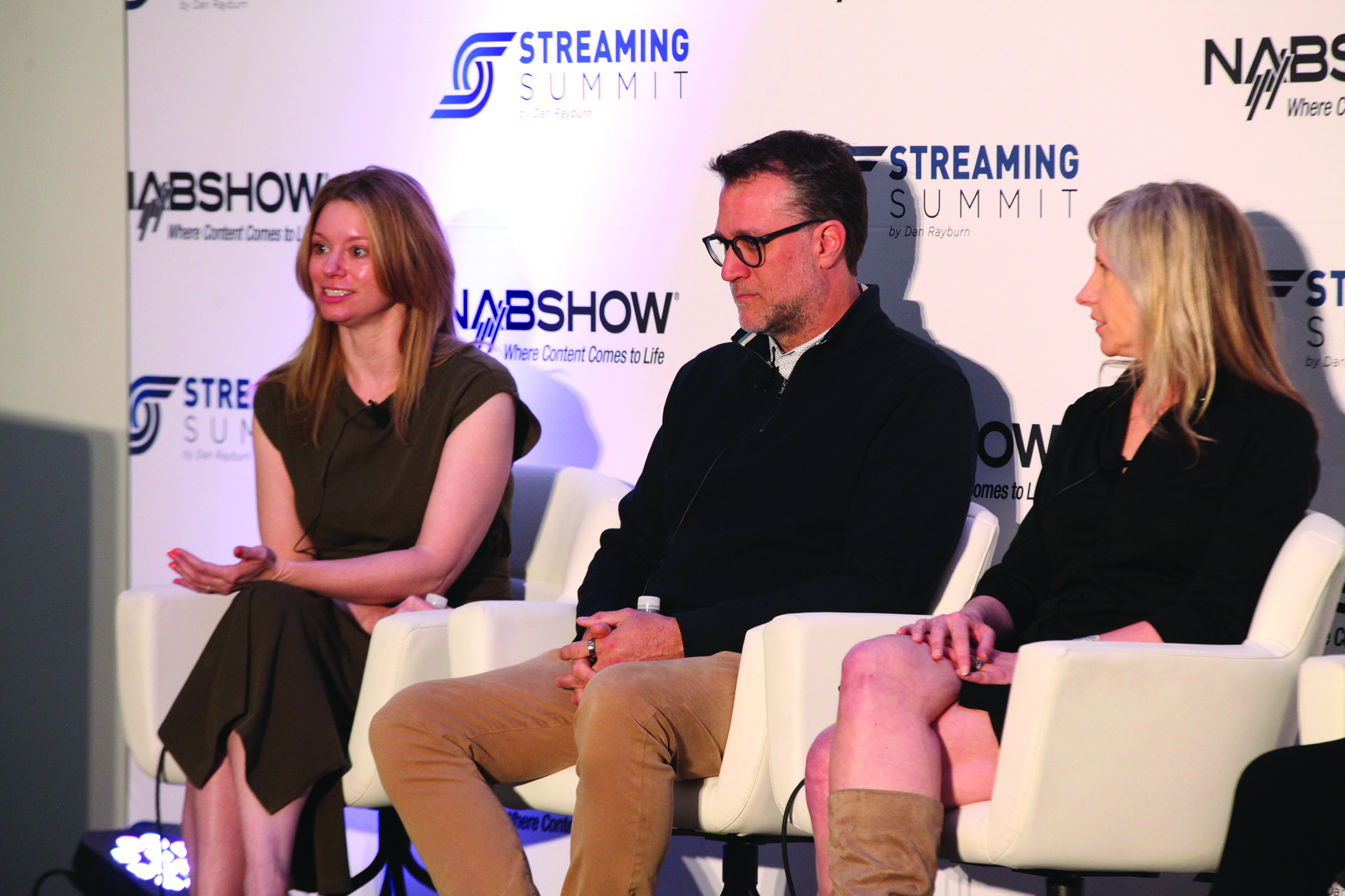
Free ad-supported streaming TV (FAST) has become the fastest- growing segment of the video streaming business.
But with so many competing services emerging recently, each touting hundreds of channels, is the industry already too saturated? And do FAST consumers, who often spend 9 minutes or more trying to figure out what to watch, have too much choice?
“I don’t think we are at the saturation phase yet,” Aileen Del Cid, head of marketing for Samsung’s free, ad-supported Samsung TV Plus offering, said, during the NAB Show Streaming Summit last week.
To Del Cid’s thinking, it’s not the volume of content, it’s how it is deployed. The burgeoning international opportunity presented to the broader FAST industry, she said, makes it beneficial for FAST operators to be armed with ample flexibility in regard to content selection.
“You have to pay attention to what your customers are watching across every single platform,” Del Cid explained. “You can’t just put the same U.S. content in Brazil, for example. You really have to cater to the user.”
According to Scott Olechowski, co-founder and chief product officer at Plex, the amount of FAST services, and the vast selection of content available on these platforms, is simply “forcing everyone to up their game.”
For his part, Chris Knight, president and CEO of cooking-themed FAST Chanel Gusto TV, believes there will be a “culling of the herd” in the next two years as operators compete for finite amounts of viewership time and ad dollars.
The whole panel seemed to agree that FAST content is better than ever.
“Back in 2019, we really struggled to get quality content on the platform,” Del Cid said. “Now, what you’re seeing is what you traditionally see out in the rest of the world. Studios and networks are bringing recognizable IP to the space, and I think [FASTs have] really begun to mature in that respect.”
Bethany Atchison, senior director of distribution partner management for Vevo, said the overall improvement in production value is generating “more acceptance from advertisers.
“We’re seeing increased monetization opportunities because of the content being so strong,” she said.
Meanwhile, panelists were asked to rate, on a scale of one to 10, the overall connected TV experience that FAST operators are delivering to advertisers.
Atchison rated the broader industry at a “seven.”
To her thinking, ad partners actually have too much data—and perhaps have excessively high expectations as a result.
“I think where advertisers get stuck is, they have so much CTV data, they end up trying to achieve every KPI,” Atchison said. “But the views are there. The targeting is there. I think, overall, we’ve made a lot of progress.”
Del Cid rated the industry at a “five or six.” She believes the industry is still in its “early days,” and we still don’t understand the long-term impacts of potentially game-changing technologies, including AI.
The panel was also asked about improving engagement.
Liz Riemersma, vice president of strategy, business development and international for Sling TV, discussed her company’s somewhat unique juxtaposition as part of a larger parent company, Dish Network, which is moving into wireless with assets like Boost Mobile.
“We’re looking for ways to extend engagement on the platform and a big point of focus for us is, how do we extend the sessions to go beyond the living room?” Riemersma said.
Ironically, Dish’s top-level management—which is now in the business of moving consumption of things like video to mobile devices—still sounds a little rooted in traditional linear satellite TV.
At least this one Riemersma quote seems, in a way, to betray this odd juxtaposition.
“The executive team laughs at me for watching content on an iPad, but I don’t think I’m alone,” she said.”
© NAB 2023







